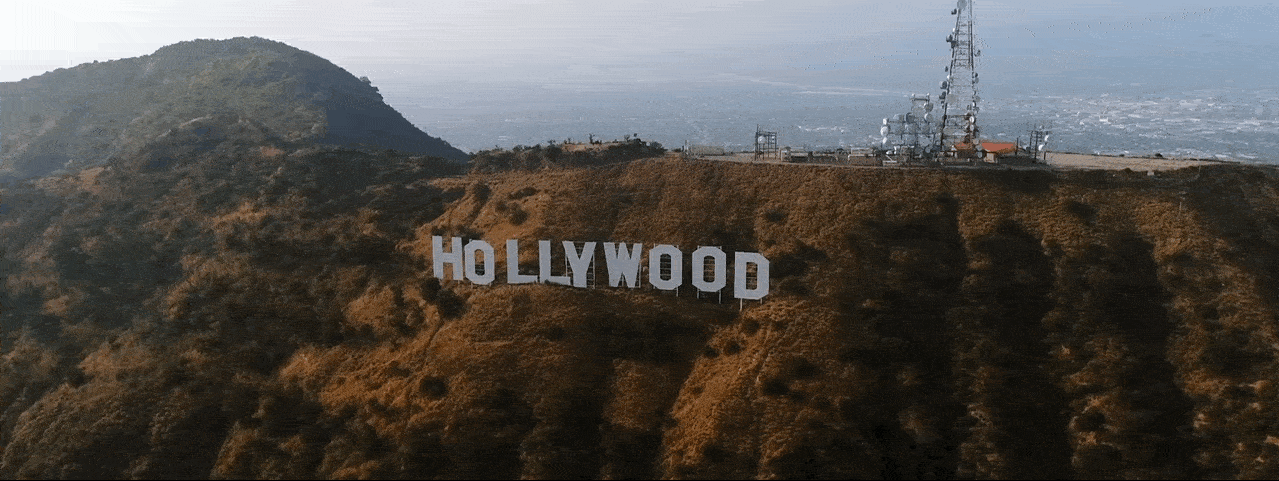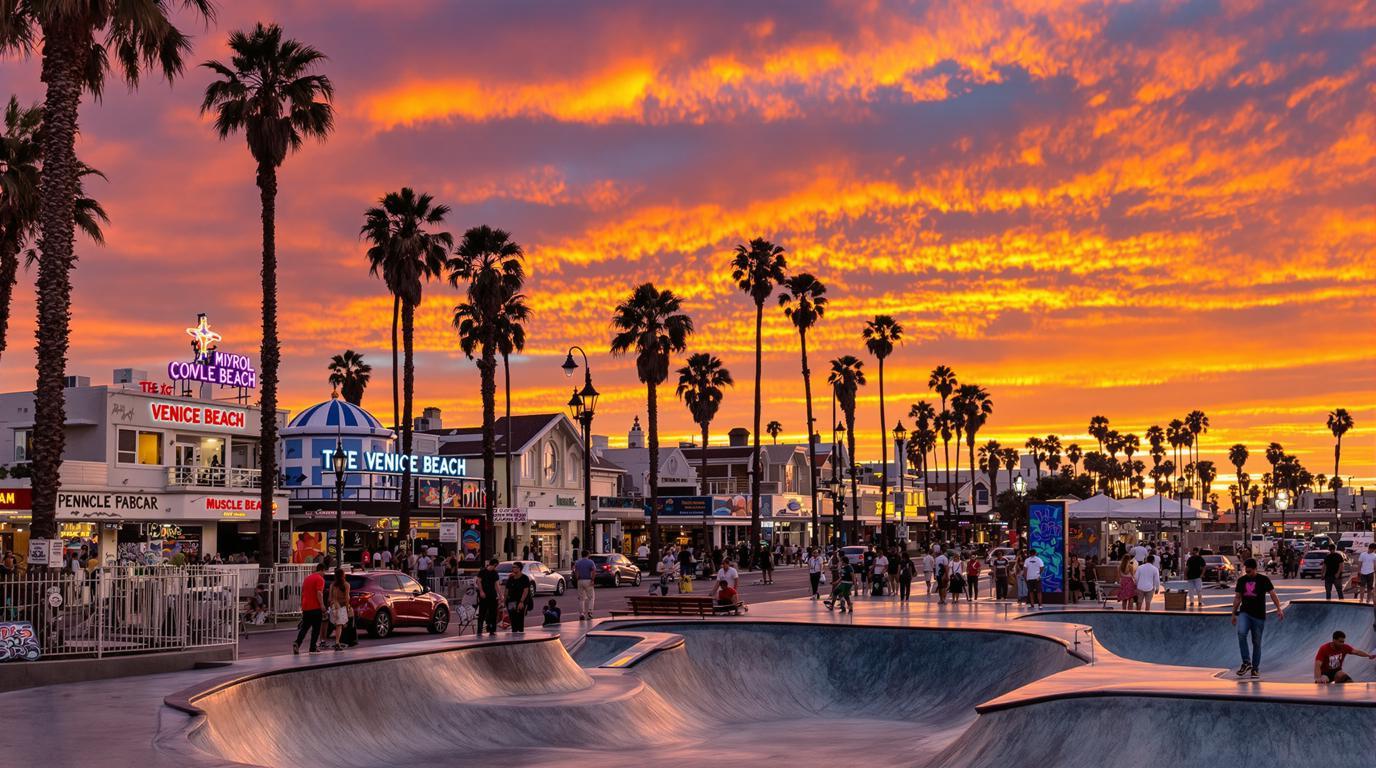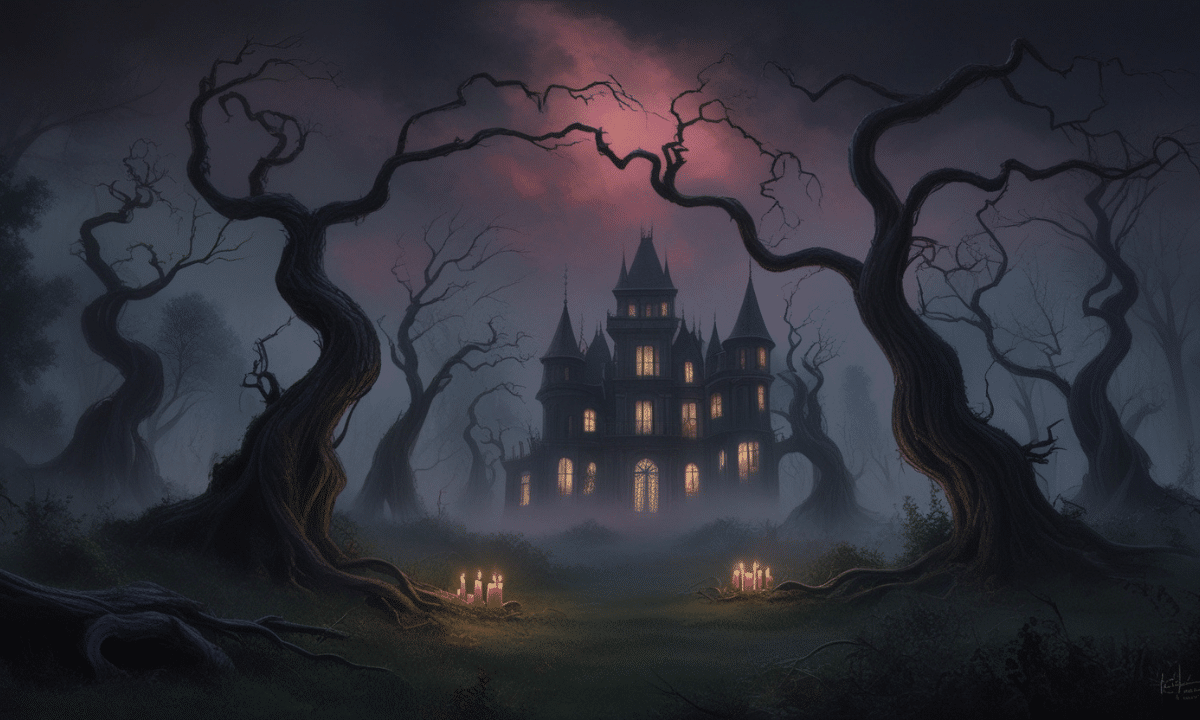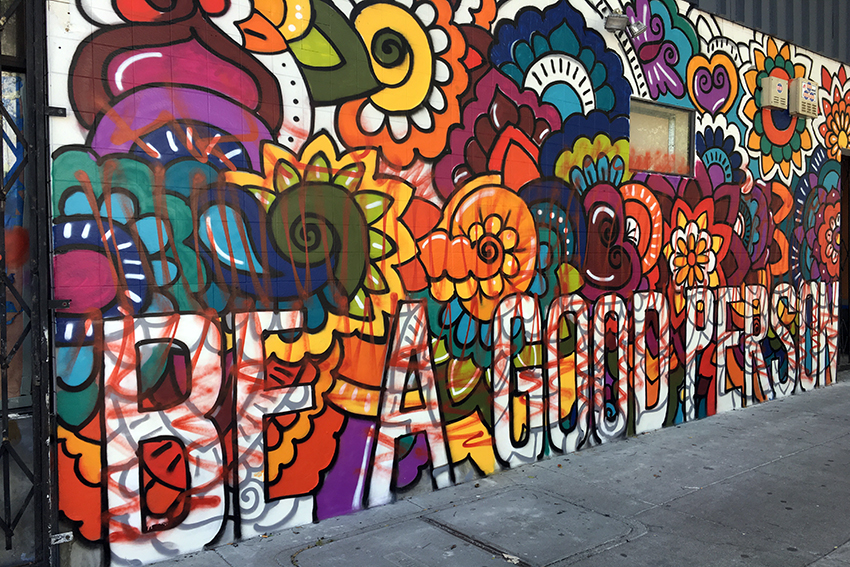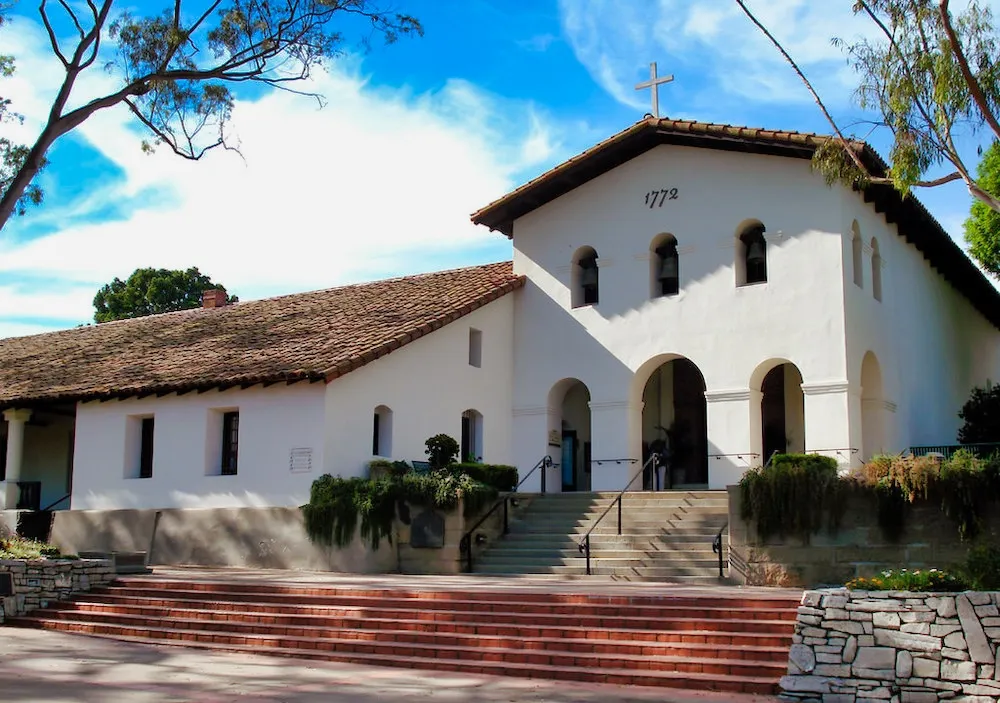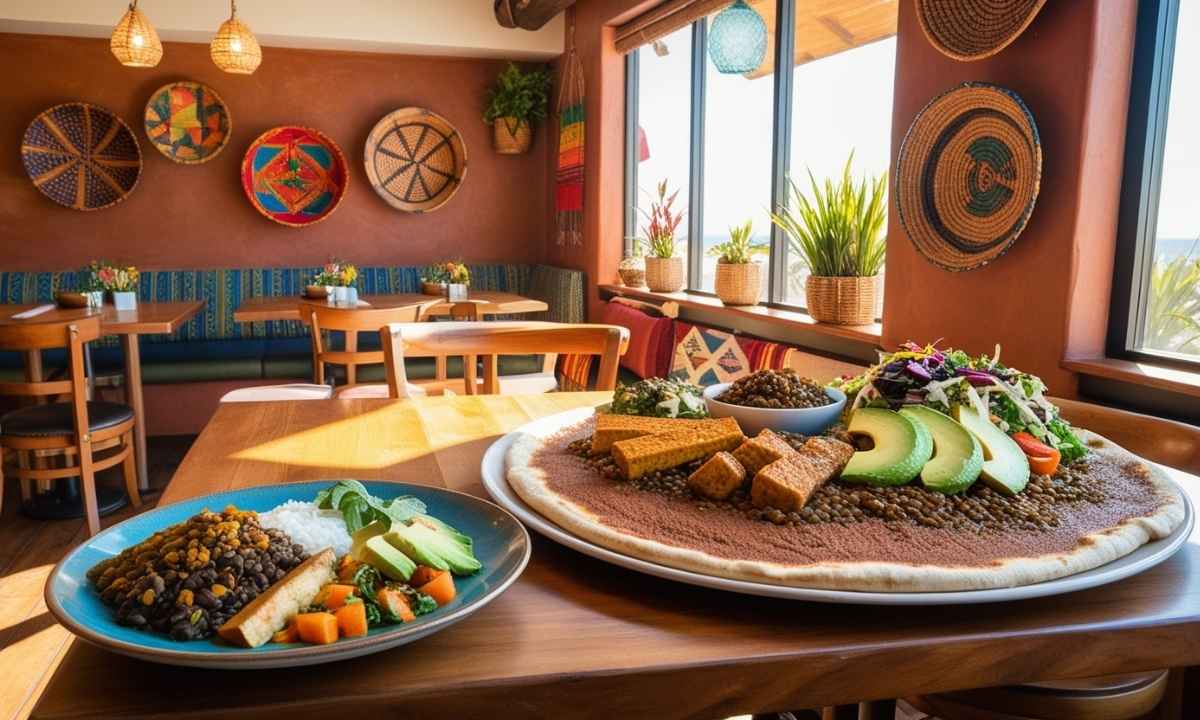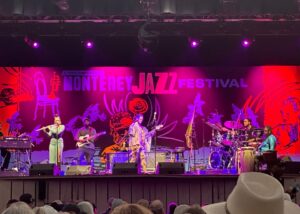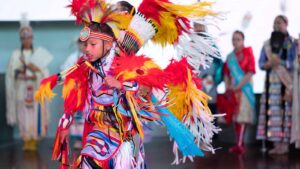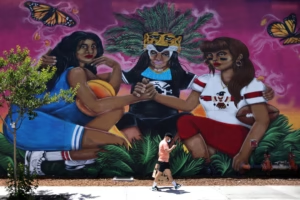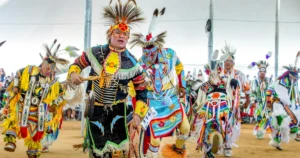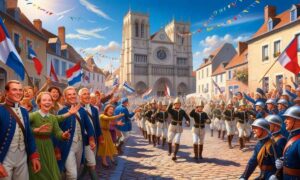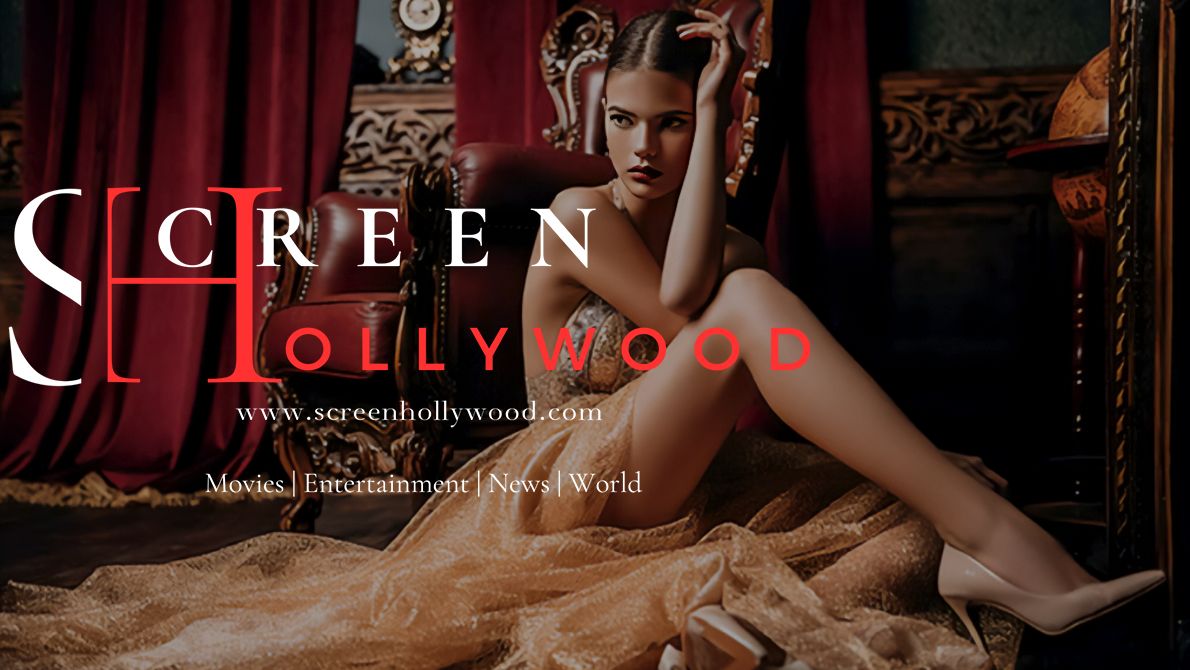The Secret History Behind Venice Beach’s Bohemian Culture. Venice Beach is a place like no other. For most visitors, it’s known as a lively coastal playground — a stretch of sand and sidewalk performers, muscle men pumping iron under the sun, and skateboarders carving along the concrete in front of colorful graffiti walls. But behind the quirky Instagram moments and souvenir shops, there lies a deeper, more complex story — the story of a neighborhood that has long been a sanctuary for artists, rebels, mystics, and misfits. The bohemian culture that pulses through Venice’s veins didn’t happen by accident. It was born from resistance, revival, and relentless creativity — and even in the gentrified landscape of 2025, echoes of its radical spirit still shape California’s cultural identity.
Bohemian Culture’s History
To understand Venice Beach’s bohemian roots, you have to start with its unlikely origin story. Founded in 1905 by tobacco millionaire Abbot Kinney, Venice was designed as a kind of “Venice of America,” complete with canals, gondoliers, and a European-inspired boardwalk. But Kinney’s vision was more than just an architectural copycat — it was a cultural experiment. He imagined Venice as a place of leisure and artistic stimulation, where creativity could flow as freely as the tides. From its early years, Venice attracted performers, philosophers, and dreamers. Vaudeville stages flourished, and the beachfront quickly became a hub for traveling artists and circus acts. Even after Kinney’s death, the community he helped shape continued to draw people on the fringes of mainstream society — people who wanted to live, think, and create differently.
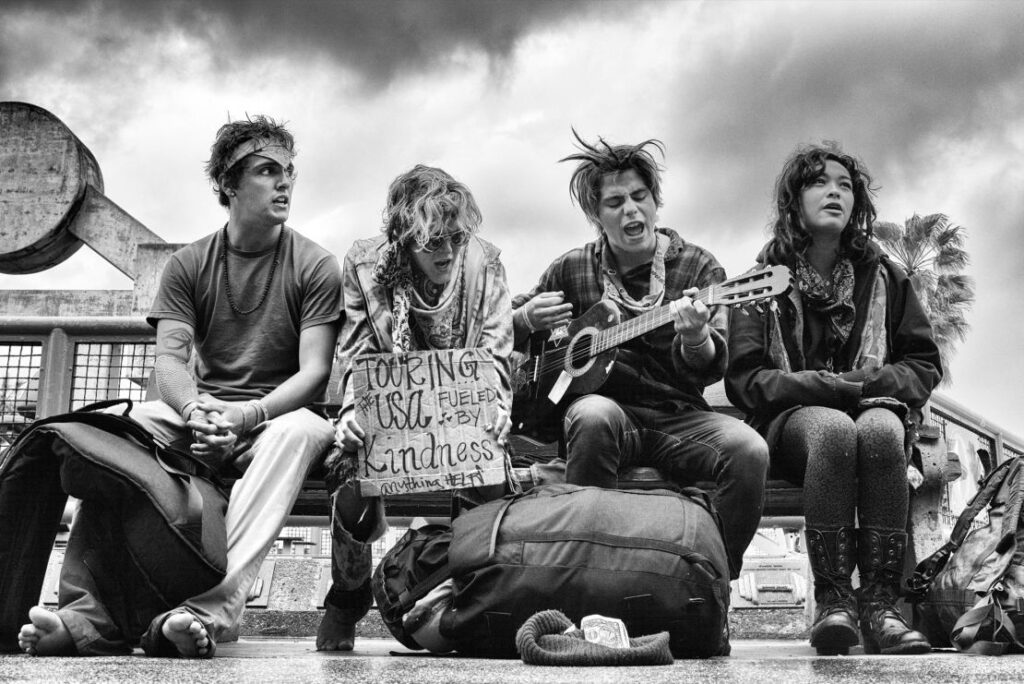
By the 1950s and 60s, Venice had entered a new era. The area had fallen into disrepair, and many of the canals had been filled in to create roads. But for poets, painters, and political dissidents, the affordability and freedom of the area made it an ideal haven. The Beat Generation — that rebellious tribe of postwar writers — found a home in Venice. Poets like Stuart Z. Perkoff and artists like Wallace Berman helped transform the neighborhood into a West Coast countercultural epicenter. Venice became known as a place where art didn’t just hang on gallery walls — it was painted on the sidewalks, scrawled on bathroom stalls, and performed at smoky coffeehouses late into the night. The art scene was raw, experimental, and deeply intertwined with political and spiritual awakening. It wasn’t about selling work — it was about saying something, challenging norms, and creating something honest in a world that often felt false.
The 1960s and 70s further solidified Venice’s bohemian reputation. As the hippie movement blossomed in California, Venice offered a sun-soaked alternative to the Haight-Ashbury scene in San Francisco. Communes popped up in beachfront bungalows, yoga studios and health food stores took over old storefronts, and local artists like Jean-Michel Basquiat, John Baldessari, and Ed Ruscha either lived, worked, or exhibited in Venice. The Venice Pavilion — now part of the Venice Skatepark — was a legendary hangout for graffiti artists, breakdancers, and street poets. At a time when much of LA was obsessed with glamour and wealth, Venice was rooted in expression and rebellion. Here, the weird wasn’t just welcomed — it was expected.
The Venice Boardwalk
Perhaps one of the most iconic markers of Venice’s bohemian legacy is the Venice Boardwalk itself. This mile-and-a-half promenade is where roller-skating drag queens share space with tarot card readers, busking violinists, and spray paint artists turning canvas into protest. The Boardwalk isn’t just a tourist attraction — it’s a living performance space, a democratic stage where anyone can step forward and declare who they are. In a city of stars and status, Venice Beach has always remained defiantly grassroots. Even today, you can spend a day walking the Boardwalk and encounter more diversity of thought, culture, and lifestyle than you’ll find in most curated galleries or elite events.
The Shift In Times
But bohemia doesn’t come without tension. Over the past two decades, Venice Beach has undergone intense gentrification. Tech companies, real estate developers, and luxury brands have moved in, buying up bungalows and pricing out longtime residents. Homelessness has become more visible, and community debates about public space, safety, and identity rage on. Abbot Kinney Boulevard, once lined with quirky vintage shops and local art collectives, now features high-end boutiques and craft cocktail lounges. And yet, despite all this change, the soul of Venice still pulses beneath the surface. The community continues to fight for its cultural memory — preserving mural-covered walls, hosting grassroots festivals, and amplifying the voices of artists who refuse to be silenced by corporate culture.
In 2025, Venice Beach’s bohemian culture may look different than it did in its heyday, but it is far from gone. Local collectives like SPARC (Social and Public Art Resource Center), located in the old Venice Police Station, are working tirelessly to promote public art and support young creators. The Venice Art Crawl, a quarterly event showcasing local talent, continues to draw crowds hungry for genuine artistic expression. Street vendors still line Ocean Front Walk, selling handmade jewelry, painted skateboards, and radical zines. Independent galleries, pop-up performances, and community drum circles still emerge, often with little fanfare, fueled by nothing more than passion and a refusal to conform.

There is something undeniably romantic about Venice Beach — not just its sunsets or surf breaks, but its belief in freedom as a creative act. It is a place where spirituality mingles with rebellion, where beauty and grit share the same canvas, and where people still believe that art can change the world. Walk past the graffiti walls, the free speech zones, the drum circles at sunset — and you’ll see not a relic of a bygone era, but a culture still alive, still kicking, still shouting into the salty wind.
Conclusion
To celebrate Venice Beach like a local in 2025 is to look past the curated Instagram shots and seek out the real stories — the ones told in murals and poetry slams, in off-the-grid galleries and late-night jam sessions. It’s to honor the artists who paved the way, to support those who are still creating, and to recognize that bohemian culture is not just about aesthetics — it’s about values. Values like community, expression, nonconformity, and the radical belief that art should belong to everyone, not just those who can afford it.
Venice Beach remains one of California’s most iconic cultural landmarks not because it has stayed the same, but because it has never stopped evolving. It’s messy, loud, sometimes heartbreaking — but always authentic. And in a world that increasingly rewards sameness and sells soul as a commodity, Venice Beach still dares to be different.

